Blog Posts Tagged Chemical Reaction Engineering Module
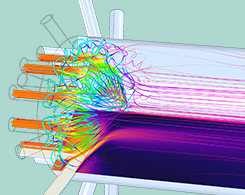
Modeling a Tubular Reactor for Optimized Polymer Manufacturing
Chemical engineers can model tubular reactors to optimize them for specific manufacturing and production processes, such as for the polymerization of polyester, as this example shows.
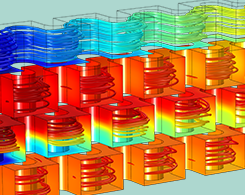
Analyzing Fine Chemical Production in Plate Reactors
Batch reactors, continuous reactors, plate reactors, oh my. Here, we discuss analyzing the fine chemical production process in a plate reactor using chemical modeling.

Keynote Video: Moving Beyond Simulation for Biopharma Applications
At Amgen, researchers build simulation applications for biopharmaceutical uses, such as researching biological and synthetic drugs. Learn more in this blog post featuring their keynote talk.
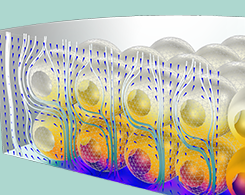
Modeling Adsorption at Surfaces in COMSOL Multiphysics®
What is adsorption? Learn the theory behind this chemical engineering phenomenon as well as how to model the process at surfaces in the COMSOL® software.
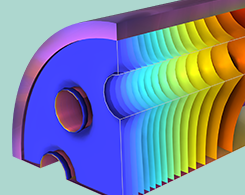
Evaluating the Performance of a Steam Reformer with Simulation
To design a steam reformer for hydrogen production, you need to couple mass, energy, and flow equations. The Chemical Reaction Engineering Module can account for this true multiphysics problem.
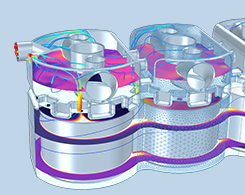
Calculating Thermodynamic Properties for Liquids and Gases
The Chemical Reaction Engineering Module includes a built-in database of over a dozen thermodynamic properties, making it easier to set up your transport and reaction models. Details here.
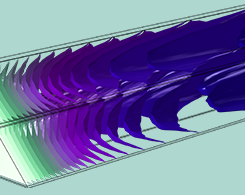
Modeling Surface Reactions in Porous Media and Reactive Pellet Beds
Reactive pellet beds have complex local geometries and undergo microscopic diffusion, but there is a way to simply and accurately simulate these devices in COMSOL Multiphysics®.
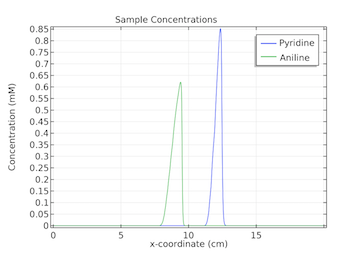
Studying Zone Electrophoresis with COMSOL Multiphysics®
Zone electrophoresis enables scientists to study nucleic acids, biopolymers, and proteins in a wide range of areas. COMSOL Multiphysics® can be used to take a closer look at this process.
